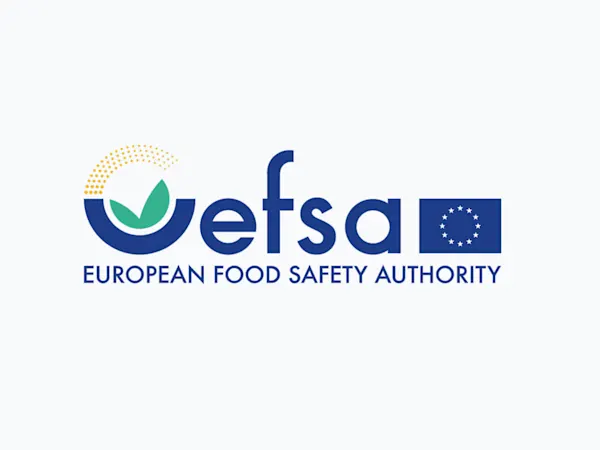
ChemSec Adds Neurotoxicants to SIN List in Landmark Step for EU Chemicals Regulation
ChemSec updates the SIN List with neurotoxicants, spotlighting brain-damaging chemicals and urging EU regulators to act swiftly on these hidden threats.


The UK Health and Safety Executive (HSE), in collaboration with the Environment Agency, has issued comprehensive guidance for registrants under UK REACH to minimise animal testing. This guidance focuses on meeting toxicological and ecotoxicological information requirements, as detailed in Annexes 7-10 of UK REACH, through alternative and scientifically validated methods. Registrants are reminded that animal testing should only be conducted as a last resort, emphasising the principles of the 3Rs: Reduction, Refinement, and Replacement.
The HSE reiterates that all animal tests under UK REACH must adhere to the 3Rs:
Testing on vertebrates is strictly controlled under Article 25 of UK REACH, which mandates that these tests are performed only when no alternative methods can meet the data requirements.
The guidance encourages registrants to apply validated non-animal methodologies, including:
Registrants are advised to follow a structured process:
Registrants planning tests under Annex 9 or 10 (substances exceeding 100 tonnes per year) must submit a testing proposal to the HSE. These proposals must detail:
This guidance applies to new substances not previously registered under EU REACH before 1 January 2021. By leveraging innovative methodologies and adhering to strict ethical standards, registrants can ensure regulatory compliance while supporting animal welfare. The HSE’s approach reflects global trends towards reducing animal testing through advances in scientific research and alternative testing strategies.
Foresight continuously tracks 1000s of sources and maps updates to your portfolio:




ChemSec updates the SIN List with neurotoxicants, spotlighting brain-damaging chemicals and urging EU regulators to act swiftly on these hidden threats.

EFSA launches consultation on updating its Weight of Evidence and Biological Relevance guidance, aiming to streamline chemical risk assessment practices.

OECD’s new chemical data sharing guide promotes fair access, transparency, and regulatory alignment—helping companies reduce duplication and meet compliance obligations globally.
Subscribe to Foresight Weekly and get the latest insights on regulatory changes affecting chemical compliance.
Free forever. Unsubscribe anytime.
Read by professionals at